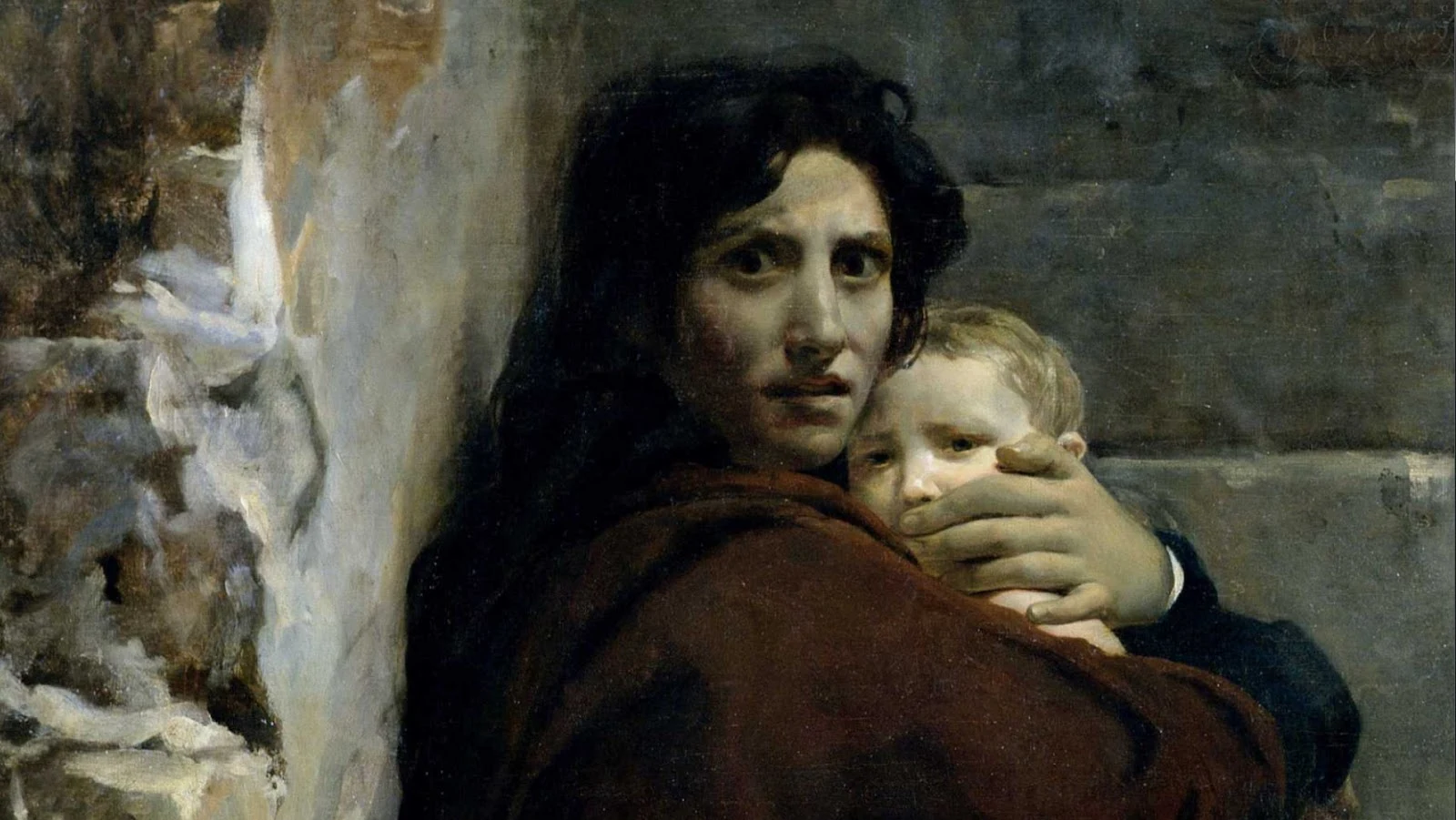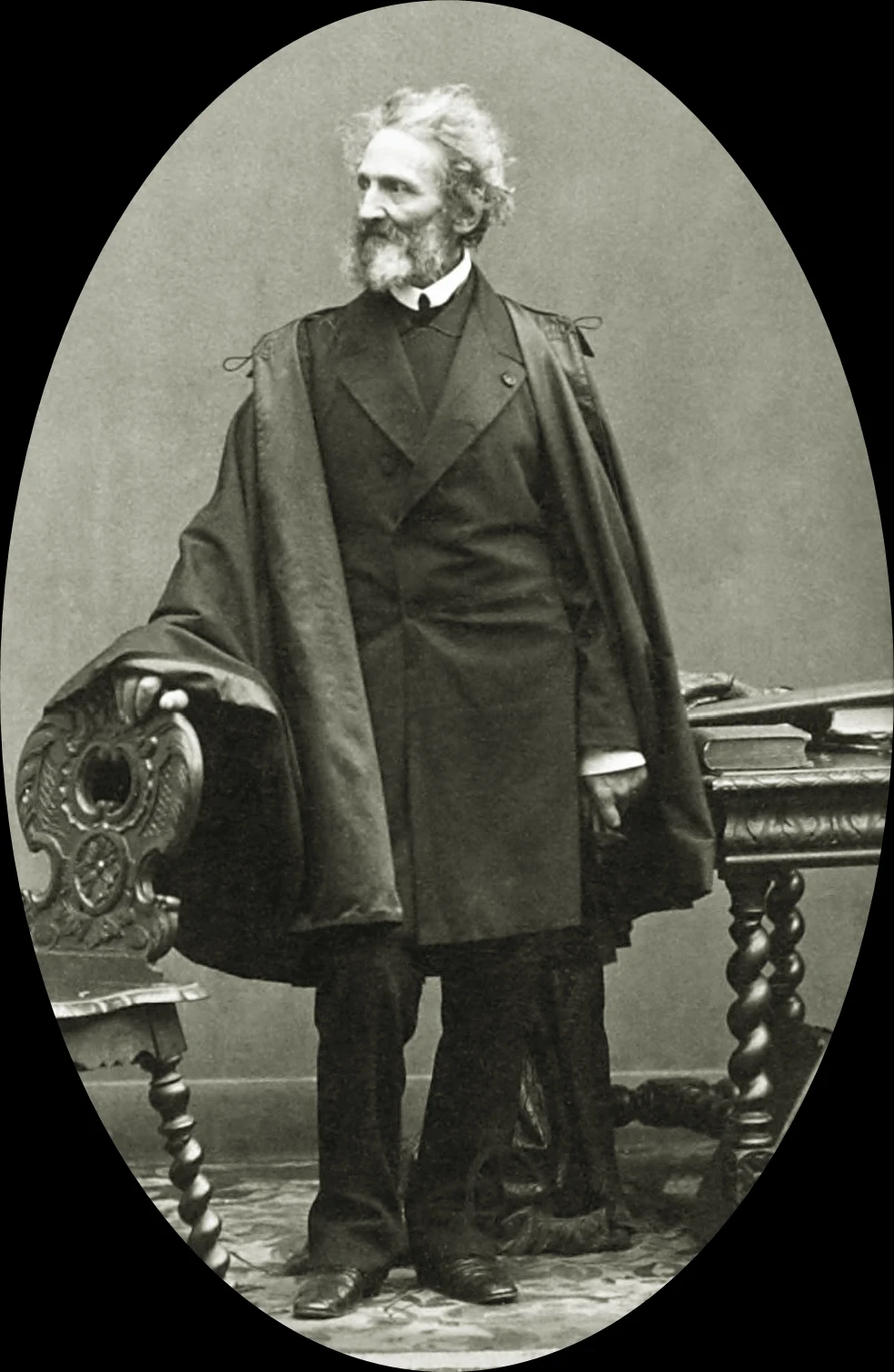
The Massacre of the Innocents (Location: Musée des Beaux-Arts, Rennes.) is the biblical account of infanticide by Herod the Great, the Roman-appointed King of the Jews.
According to the Gospel of Matthew, Herod ordered the execution of all
young male children in the vicinity of Bethlehem, so as to avoid the
loss of his throne to a newborn King of the Jews whose birth had been
announced to him by the Magi.
In typical Matthean style, it is understood as the fulfillment of an Old Testament prophecy.
Then was fulfilled that which was spoken through Jeremiah the prophet, saying:
"A voice is heard in Ramah, mourning
and great weeping, Rachel weeping for her children and refusing to be
comforted, because her children are no more".
The number of infants killed is not stated. The Holy Innocents, although Jewish, have been claimed as martyrs for Christianity, and the Feast of the Holy Innocents has long been celebrated.

He entered the École des Beaux-Arts in Paris, where he studied under
Pierre-Narcisse Guérin at the same time as Delacroix and Géricault.
In 1817 he won the Prix🎨 de Rome and was a resident at the Villa Medici from 1817-1822.
Il Massacro degli Innocenti, attualmente presso il Museo delle Belle Arti di Rennes, è il primo successo del pittore Francese🎨 Léon Cogniet (Parigi, 29 agosto 1794 - Parigi, 20 novembre 1880) al Salon di Parigi del 1824.
La strage degli innocenti è un episodio presente nel Vangelo secondo Matteo (2,1-16),
in cui Erode il Grande, re della Giudea, ordinò un massacro di bambini
allo scopo di uccidere Gesù, della cui nascita a Betlemme era stato
informato dai Magi.
Secondo la narrazione evangelica, Gesù scampò alla strage in quanto un
angelo avvisò in sogno Giuseppe, ordinandogli di fuggire in Egitto; solo
dopo la morte di Erode Giuseppe tornò indietro, stabilendosi in
Galilea, a Nazaret.



